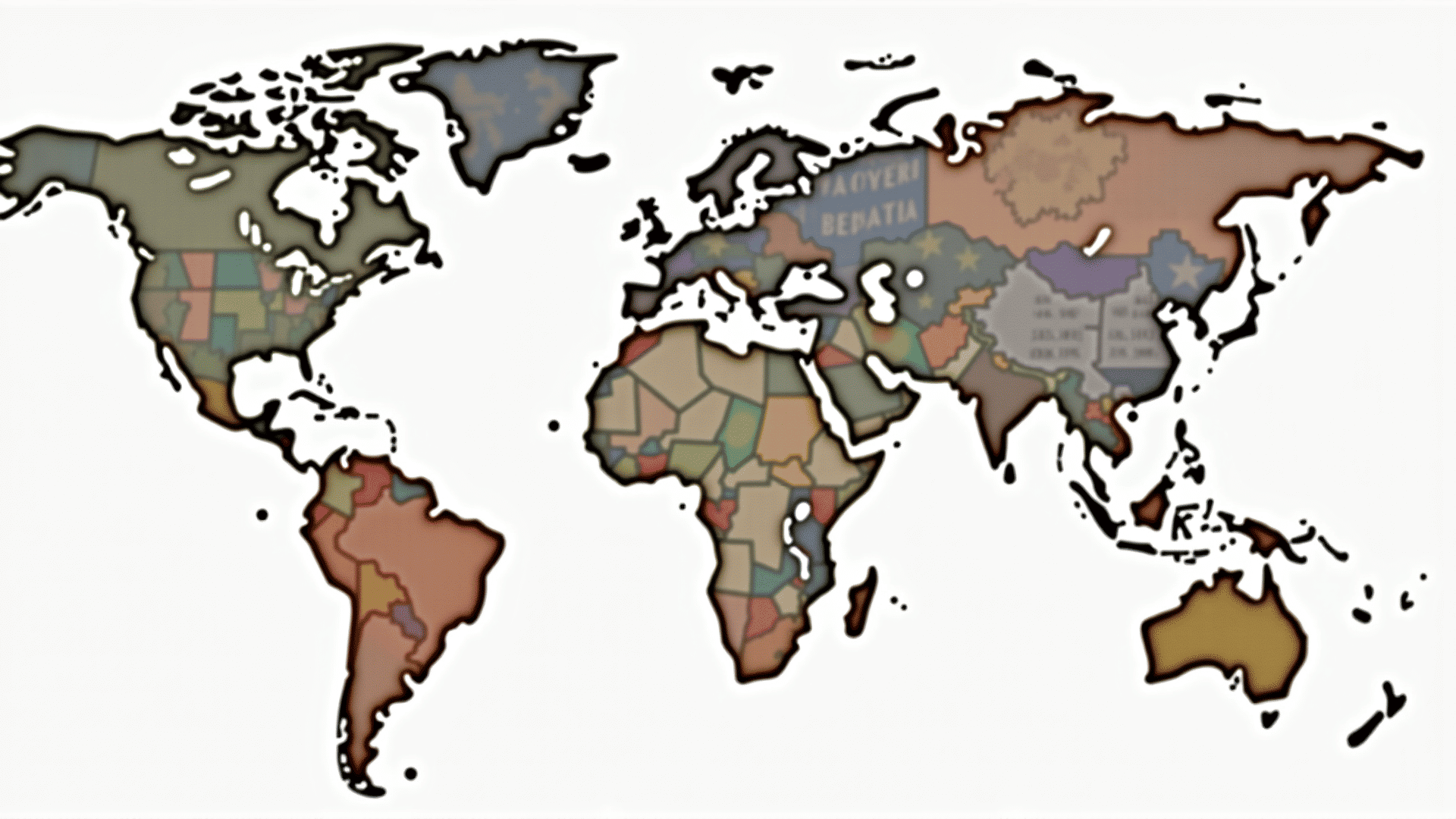The diversity of monetary systems across the globe offers an intriguing window into the world's economic dynamics and cultural narratives. Each currency, often symbolized by unique designs and historical figures, embodies a nation's history, values, and aspirations. Through this exploration, we will journey across continents to understand the broader implications of these systems on global interactions and cultural identities.
First, let’s consider the origins and the evolution of national currencies. The Euro, for example, illustrates a remarkable story of unity and collaboration. Introduced in 1999, it represents the economic amalgamation of the European Union, aimed at simplifying transactions across borders while promoting economic cohesion. This development highlights an extraordinary case of multiple nations aligning their economic policies to create a shared identity, transcending their historical and cultural differences.
In contrast, the US dollar is notable for its longstanding global stature. Its widespread acceptance is not just a testament to American economic influence but also underscores the nation's ability to exert soft power through cultural exports and strategic diplomacy. The dollar's global role is emblematic of cross-border exchanges and a preferred medium in international markets, often symbolizing stability and trust.
On another part of the spectrum, the Japanese yen offers insights into Japan’s rapid post-war transformation into an economic powerhouse. The yen embodies the country’s innovative spirit and industrious nature, becoming a symbol of modernization. Its stabilizing role in Asia reflects Japan's economic diplomacy and pivotal position in the region's cultural and economic fabric.
Emerging economies present an interesting contrast to these established players. The Indian rupee, for instance, reflects a narrative of transformation and diversity within a fast-growing economy. India's rich cultural tapestry and economic vibrancy are mirrored in its currency, which conveys a sense of national pride while adapting to a rapidly changing global environment.
The digital age introduces another dynamic to currency systems. While digital currencies offer a modern twist, rooted in technological advancement and security, they disrupt traditional notions and challenge conventional regulatory frameworks. This digital frontier shapes new global interactions, underscoring the importance of innovation in future monetary exchanges.
Understanding global currency systems requires more than merely examining symbols and figures; it involves delving into the historical roots, cultural underpinnings, and economic narratives they represent. Each currency tells a story that extends beyond economic transactions, shaping and reflecting national identities and global relationships. Through this lens, currencies serve not only as means of exchange but also as cultural ambassadors, narrating tales of nations in ways that transcend linguistic and geographical barriers.
